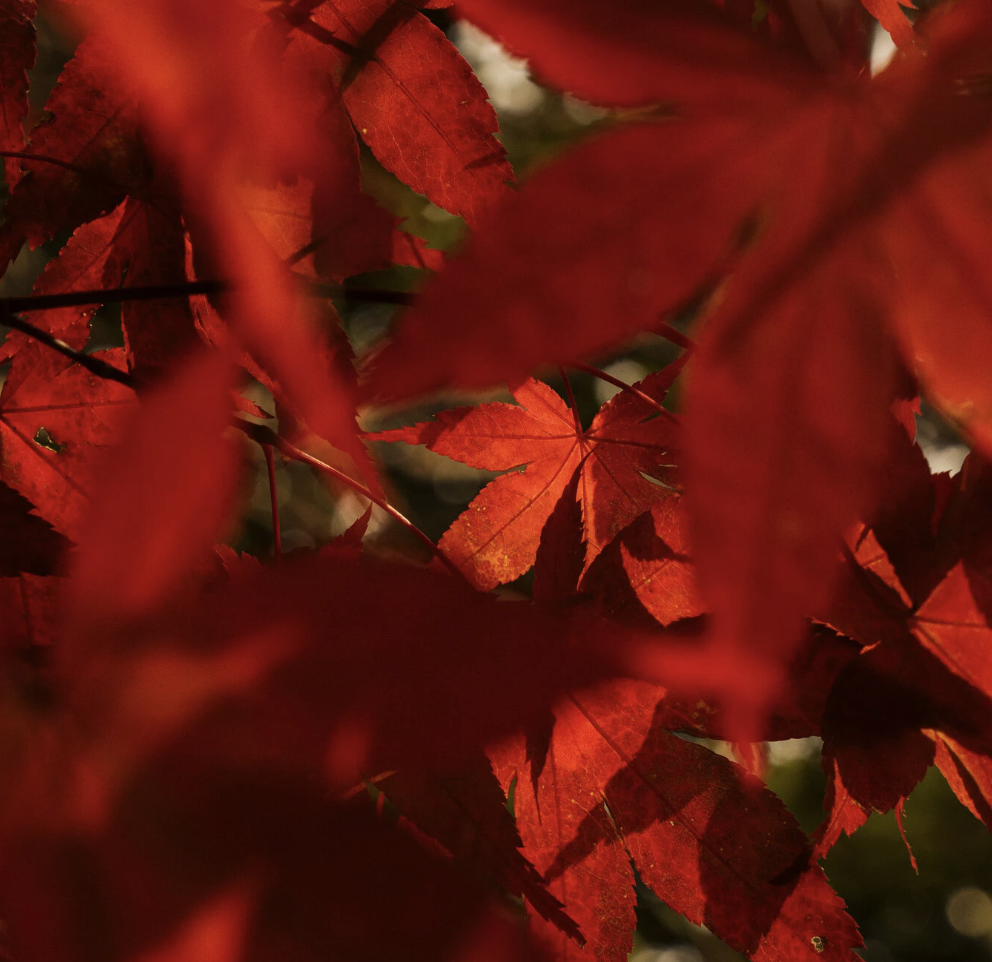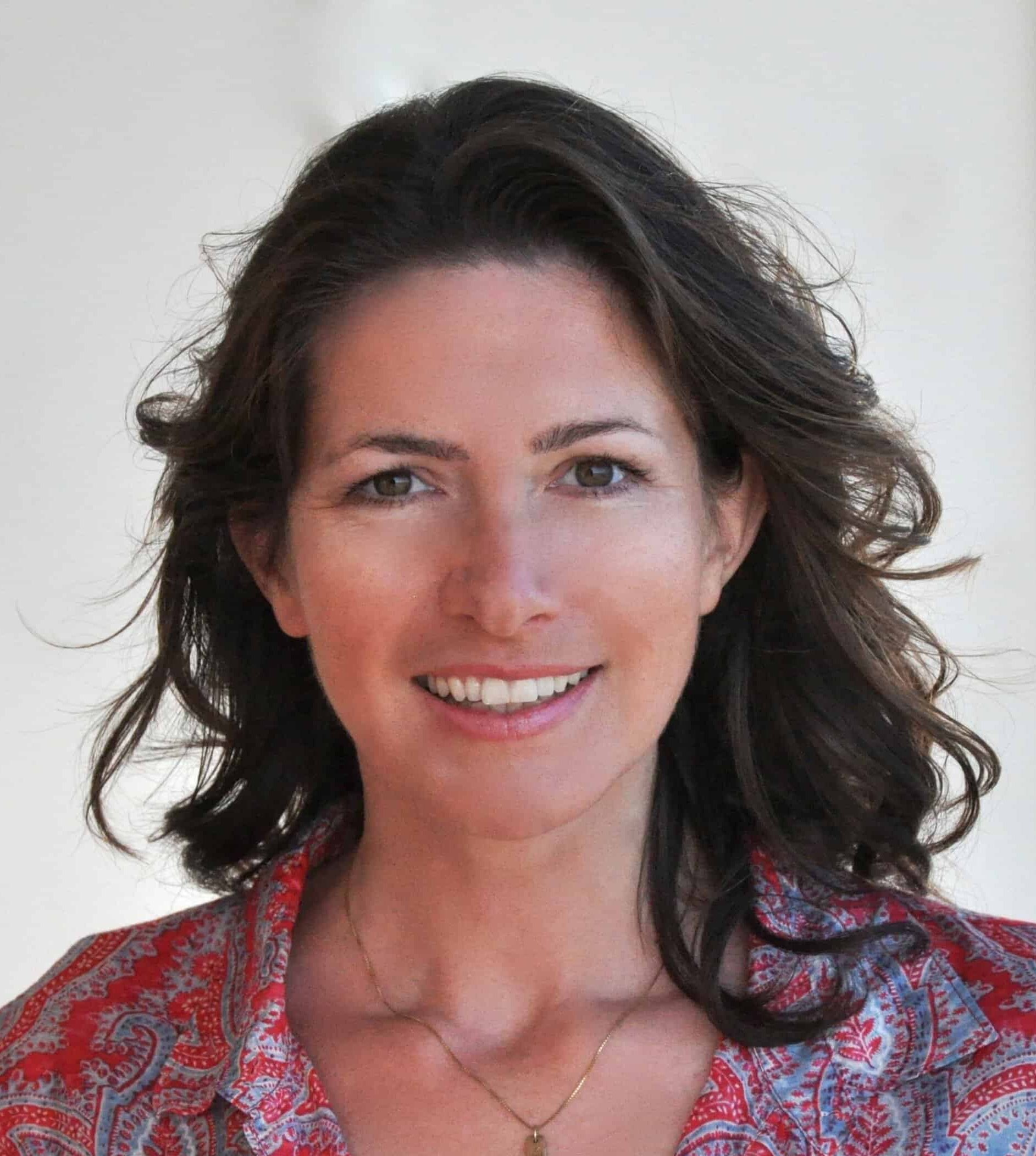In the foothills of the Appalachian Mountains, a quiet revolution in end-of-life practices is underway. At Ramsey Creek Preserve near Westminster, South Carolina, the deceased do not rest under rows of cold marble, but beneath meadows and oaks, their presence woven into the natural world.
The first body Billy Campbell buried on his land was the stillborn child of friends. Then a colleague who died suddenly in a car accident “solidified the rightness of it,” Campbell recounts.
Describing his mission, he says, “When you bury the first body it changes the feel of the land. Connecting people to the land was always at the core.”
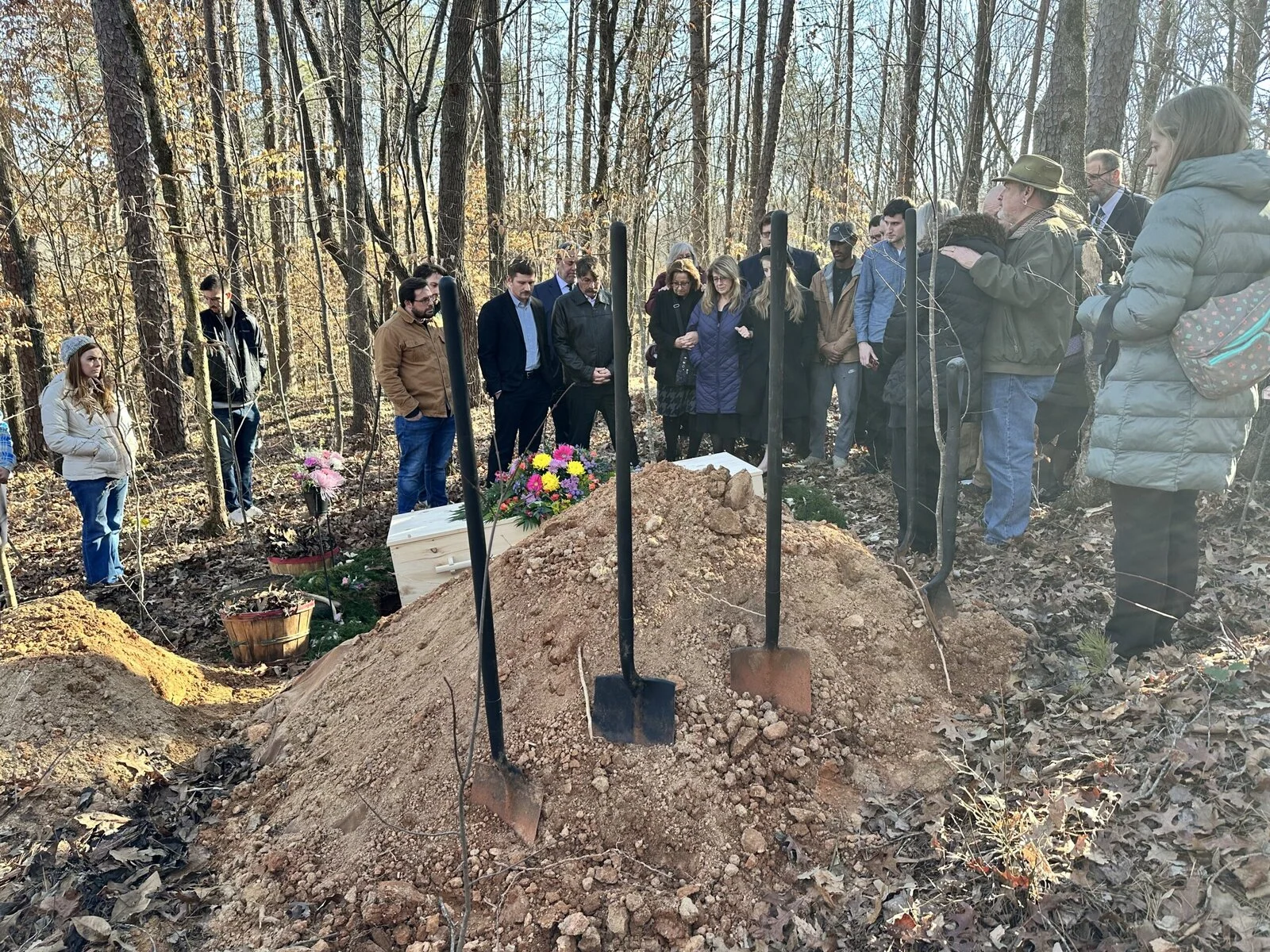
In 1996, Campbell and his wife Kimberley bought a dilapidated 33-acre farm with the goal of restoring and preserving it. The visionary couple pioneered the concept of conservation burials here and sparked a growing movement that seeks to heal the land through a most unexpected means: death.
Unlike conventional cemeteries, Ramsey Creek Preserve sports no manicured lawns, but thriving woodland with oaks, birches and maples. The Campbells ripped out kudzu and other invasives, nurtured native plants and rewilded the land. In spring, sugar maples and mountain laurels color the hills pink. Bobcats, foxes, deer and even a black bear roam the preserve.
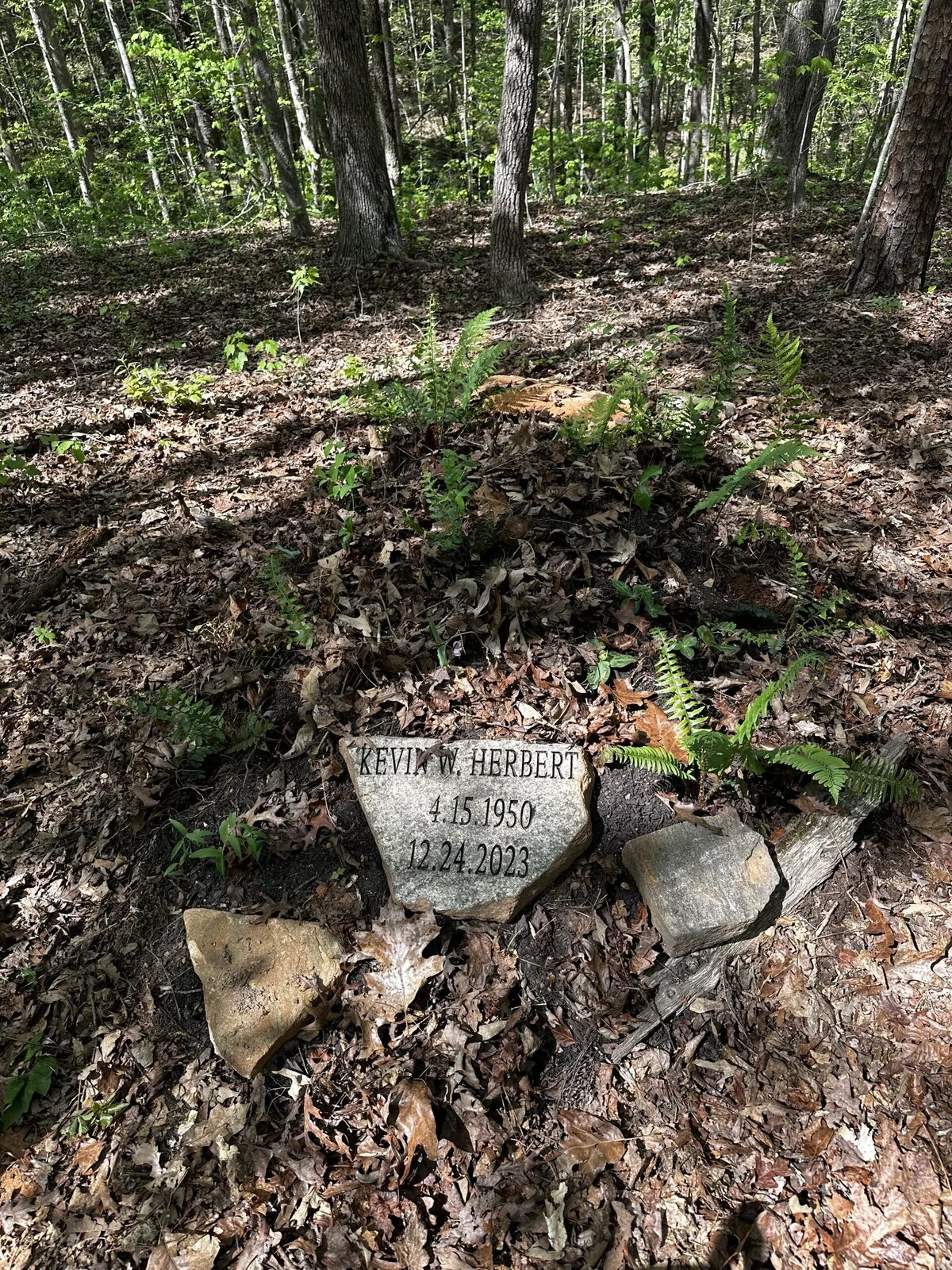
The Campbells bury the dead or their ashes here without embalming or other chemicals, in a simple biodegradable shroud, quilt or wood box, and they dig the graves by hand. “We invite the families to participate as much as they want to,” Kimberley Campbell says. “Physical work is a good distraction when you’re stressed and grieving.” The Campbells rescue any sensitive plants and restore the habitat, leaving only a small mound that will eventually grow over. A simple flat natural mafic stone marks each grave, blending seamlessly into the landscape.
In 2006, Ramsey Creek Preserve became the first certified conservation burial ground in the U.S., and perhaps the world. It has served as a laboratory to develop standards of conservation burials, including best practices for natural interment and ecological restoration. The Campbells dislike the terms “natural” or “green” burial, because they aren’t clearly defined and sometimes mask corporate greenwashing. They also dismiss ideas like human composting or mushroom burial suits as “gimmicks,” and are convinced the significant investments in such ideas would be better spent protecting land. “The land is the burial suit,” Billy Campbell says. He defines conservation burials as serving a higher, significant conservation purpose. “We call it CPR for the land,” he says, “Conservation, preservation, restoration.”
He is the last remaining general doctor in rural Westminster and also manages a home hospice service. His interest in natural burials dates all the way back to when a teacher in his youth told him he wanted to be buried “in a sack out back and have a tree planted on top” of him. Reading Jessica Mitford’s bestseller The American Way of Death further strengthened his resolve to challenge the funeral industry’s chemical-laden and profit-driven practices. The loss of his father made it personal. “He’s buried in a scenic place, but it’s a church yard with pea gravel,” Campbell reflects. “These are not bad choices, but the idea of a more natural burial is what my great-grandparents would have done.”
Weighed down by negative news?
Our smart, bright, weekly newsletter is the uplift you’ve been looking for.Burials at Ramsey Creek cost between $3,000 and $4,000, less than half the price of conventional burials. A percentage of the proceeds supports the preservation of the land. The Campbells transferred the property easement to a nonprofit land trust, Upstate Forever, ensuring its protection in perpetuity, “even in the unlikely case Kimberley and I ever die,” Billy Campbell jokes. Since its founding, the preserve has more than doubled to 78 acres with room for 4,200 bodies or their ashes. “This is multi-generational, long-term,” Billy Campbell clarifies. “We won’t finish it in our lifetime.”
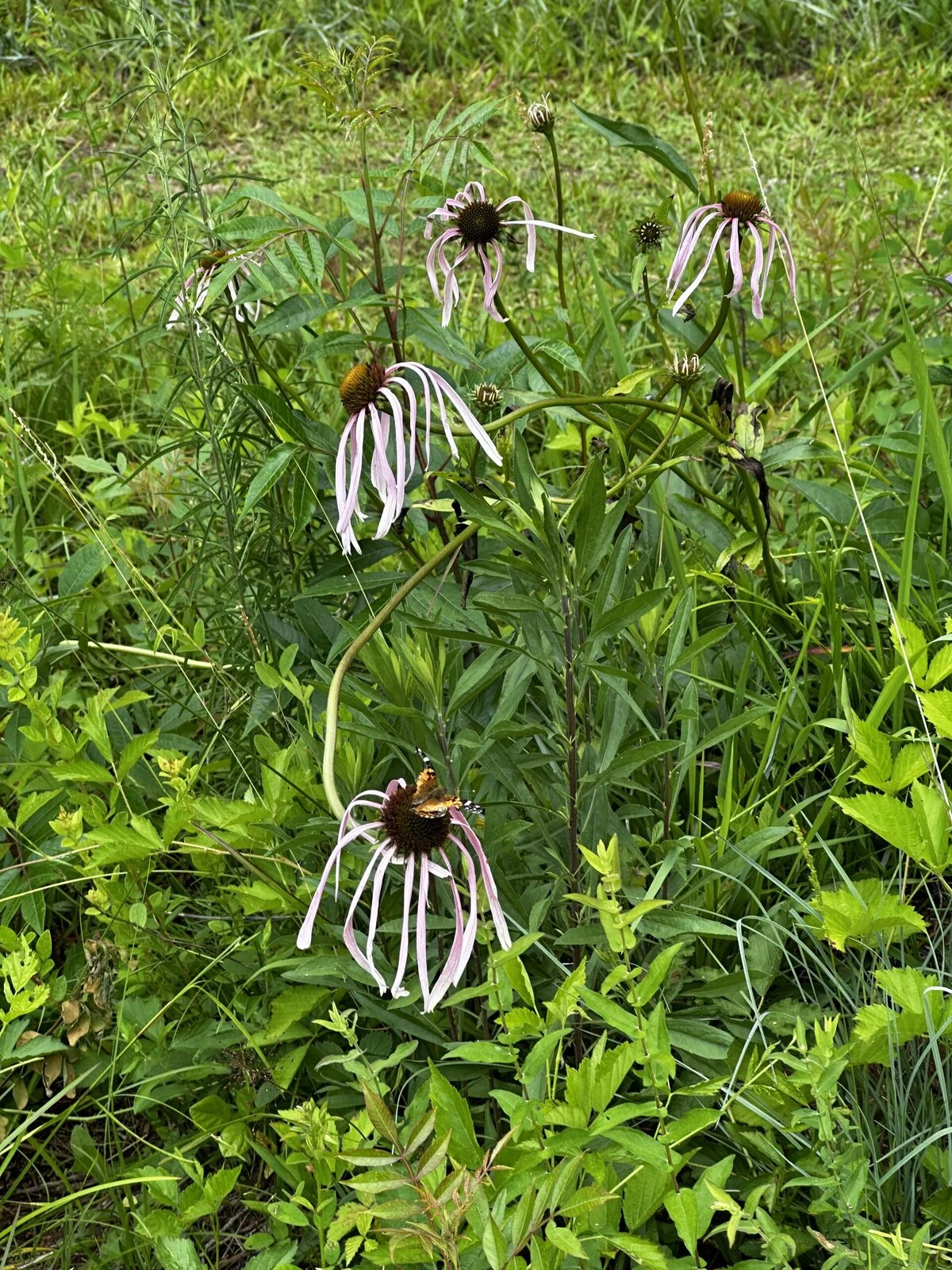
Initially, locals were wary, with rumors circulating that bodies were being dumped into the creek. “People thought we were poisoning the water supply,” Kimberley recalls with an exasperated laugh.
Over time, the community came to embrace the ecological and spiritual significance of the preserve. “It’s not just a cemetery,” Billy says. It’s a sanctuary for both the living and the dead.
Ramsey Creek now attracts visitors who come for picnics, hikes, and to admire rare native plants like endangered coneflowers, orchids and trilliums. The Campbells also saved a historic 100-year-old chapel from a nearby village, transported it to Ramsey Creek on a flatbed truck, and restored it with the help of the community. It now hosts weddings, baby blessings, environmental education programs and meetings for the County Historical Society.
The people drawn to Ramsey Creek are as diverse as the land. Evangelicals, atheists, environmentalists and traditionalists have chosen the preserve as their final resting place. Some want to support the site’s ecological mission, while others simply appreciate the serene setting or the reduced financial burden. “Finally, a place where rednecks and hippies can agree,” Billy Campbell jokes. The preserve includes a Jewish section and even one Hindu burial.
“One of the first guys who bought a site was a real right-winger, a Vietnam vet who would never in a million years give a cent to the Nature Conservancy,” Campbell recalls. “When I told him I was surprised, he said, ‘I love the woods. It’s you environmentalists I don’t like.’”
What began as an experiment in South Carolina has inspired a movement. More than 60 percent of Americans say they are interested in green burial options.
The Campbells’ company, Memorial Ecosystems, advises others who wish to establish conservation burial grounds. In the early days, people traveled from as far as California to bury their loved ones at Ramsey Creek. Now the Campbells can direct them to the Conservation Burial Alliance, which lists more than a dozen conservation burial sites across the country, including Honey Creek Woodlands in Atlanta, Georgia, which is nestled within a 2,200-acre forest on the grounds of a monastery. Other cemeteries designate areas within their grounds for more ecological options: Nationwide, 430 cemeteries now offer green burials, nearly a four-fold increase from 2015.
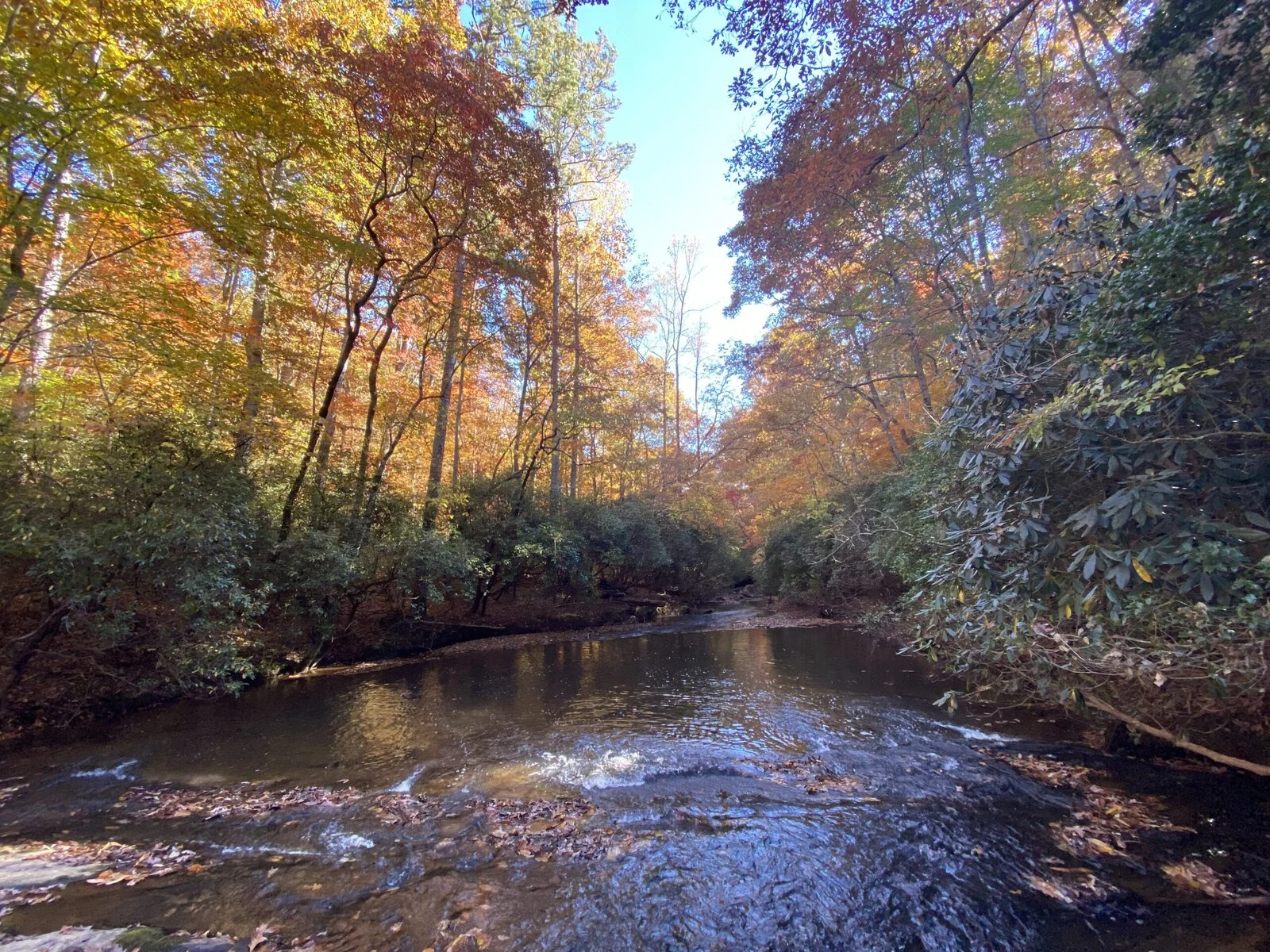
As conservation burial sites multiply, the movement continues to challenge the funeral industry’s environmental footprint and cultural detachment from death. The Campbells’ vision is bold: to restore and rewild a million acres through conservation burials.
“What we’re doing is actually not new, but has been tried and true for thousands of years,” Billy Campbell says. “We have lost the skill of taking care of our dead. We gave that task away. And in doing so, we’ve become disconnected from death.”
Historically, families and communities were responsible for their own dead. As society evolved, death became a business, handled by professionals. The Campbells are encouraging families to reclaim their role in death care.
At Ramsey Creek, those lessons are being rediscovered, and in the process, death is being rewilded — one burial at a time.





